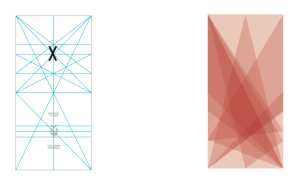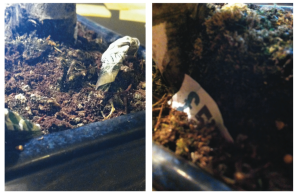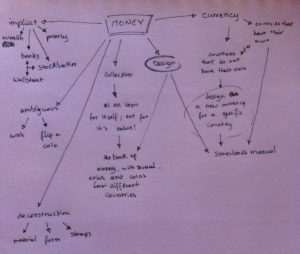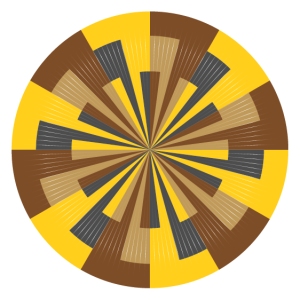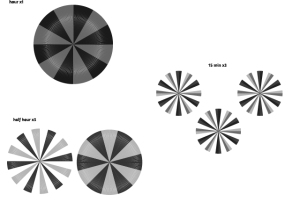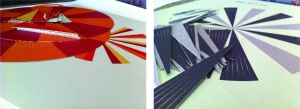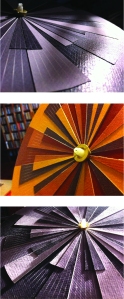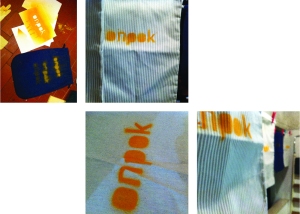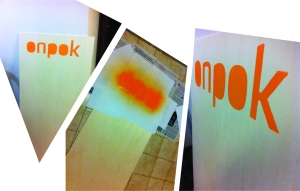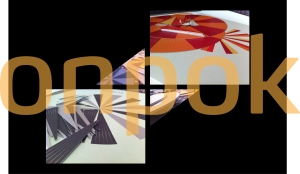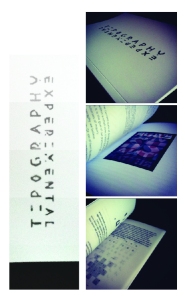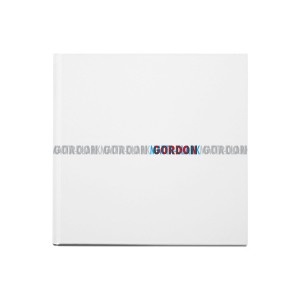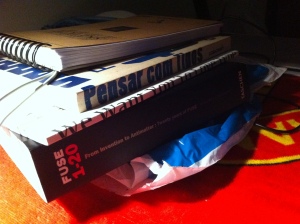The third project was about mapping, we were asked to create a mapping of time, space, motion, journey (spiritual, physical , temporal , etc.) …
I had three initial ideas were :
· Life journey – mapping from the time I was born until the present day
· Physical journey – mapping a trip from Porto to Coimbra
· Pen / tablet – mapping over a drawing of a pen on the tablet
deleted two of them at the outset because, honestly, would not give me much pleasure to run them. Then I got the idea of making a mapping from Porto to Coimbra.

With a cellphone, took a photo every minute until I reach the destination, then, as I wanted it to be an editorial project, with one photo per page, then would have a page of tracing paper on each photo to go with a line of certain points within the photography, which would culminate as in a road from Porto to Coimbra through photographs.

After a brief discussion with the teachers, the conclusion was reached that, the idea was feasible but not this way. Would have a completely arbitrary line without discretion, the photos didn’t make sense, why some were vertical and the other horizontal or oblique.
Truth be told, shivered slightly after the conversation because I did not know where to get back to, it was then that I had two ideas as a backup plan :
· Brain – mapping the brain with all its physical properties and intlectuals
· Type – mapping all my typographic library (with typographical categories , styles , etc.)
But I found most interesting challenge to get back to the physical journey.
Continuing with an editorial project, I gave a twist to the original idea, I went back to make the journey, and with the phone glued to the glass of the train, every minute photo was taken, and what was on the picture that was what was going to be!
Hence then the title for the book “What you see (is) what you get” emerged.
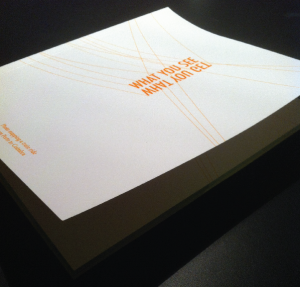
where basically every photo “occupied ” two double pages, the first page (left) have the photo identification (photo number and time it was captured), the next page would have a hole with the map of Portugal (with a line from Porto to Coimbra and this identification was progressing as the book also would) (I see now that was a mistake), the third page of the hole would be cut from the previous page and the last would be the photo.
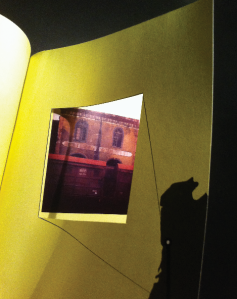
the book was divided into three parts which are represented through the colors of the paper and that represent the stops that the train makes before getting to Coimbra (Gaia , Aveiro). By then I just use the photos and I thought it made no sense to edit them on the computer, therefore, I edited them in my mobile phone.
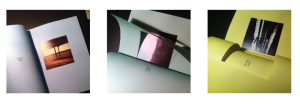
I think those who walk with the book and do the same trip easily able to be located.
In the end, I think it was a very interesting project, not only forced us to think differently about something we take for granted, but also forced us to find solutions outside the box.
In conclusion, it was a work that gave me pleasure doing it and I am pleased with the final result.

